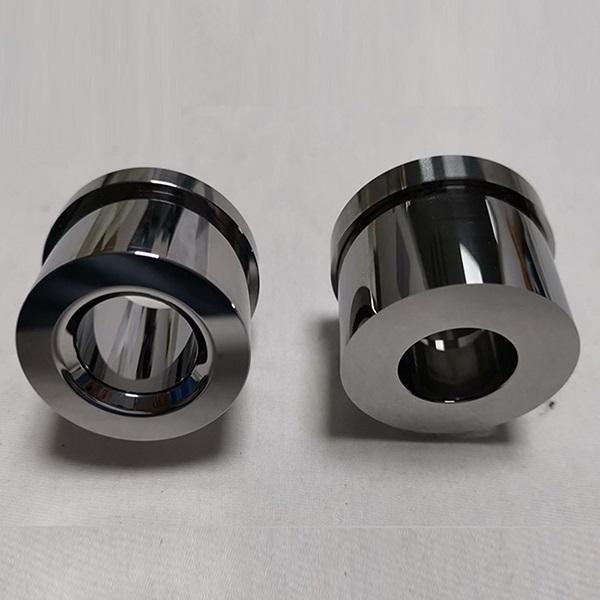Cemented Carbide Die application and processing introduction
Cemented Carbide Die plays a very important role in the production of cemented carbide , and are widely used in many fields due to their high hardness, strength, corrosion resistance, and high temperature resistance. So when using cemented carbide dies, how to introduce the use and production of cemented carbide dies?
Equipment that uses cemented carbide dies to produce metal workpieces has certain risks during operation. Therefore, strict adherence to regulations is necessary to eliminate safety hazards and ensure safe production. When machining with cemented carbide dies, it is necessary to always pay attention to the operating condition of the equipment and do not leave it while the machine is running. If any abnormalities are found in the machine, it is necessary to immediately stop the machine for investigation and solve any problems that can be solved in a timely manner.

Introduction to the use and production of cemented carbide dies:
Different companies have different methods of making cemented carbide dies to achieve the desired mold for customers. The production of cemented carbide dies manufacturers is as follows:
Firstly, choose the material of cemented carbide tungsten steel. The general drawing die is made of hard alloy YG8 and YG6 materials, while the shaping die is generally made of soft and ductile materials such as YG15 and YG20.
Grind the plain and outer circle, and grind the inner hole. Grinding the flat surface and outer circle is to have the same core as the outer mold sleeve, which is beneficial for the service life of cemented carbide dies. Internal hole grinding can be done using an internal grinding lathe or a bench drill.
3. Outer mold sleeve inlay. The process includes baking, cold packaging, and shrink packaging.
4 Inner hole polishing. The wire drawing die can be polished on a bench drill, the irregular die can be manually polished, and the large hole should be polished on a lathe.
5 polished outer surface. A lathe or grinder can be used to polish the outer surface.
6 Testing and packaging.
The following factors have an impact on the service life of cemented carbide dies:
1. Unsuitable shrinkage rate. The cemented carbide dies itself has the characteristics of hardness and brittleness. If used for large surface shrinkage reduction and drawing, it is easy to cause the die to withstand stress and break and scrap. Therefore, it is necessary to choose an appropriate surface shrinkage rate based on the different mechanical properties of the wire, and the drawing die * is more obvious.
2.The effect of heat treatment is good or bad. For wires with excessive or uneven hardness, annealing or tempering should be used to reduce the hardness first, so as to make them uniform. Otherwise, it will seriously damage the cemented carbide dies. The shrinkage mold and the straight mold are very obvious.
3. Surface treatment of materials without processing
4. The effect of the lubricant used is to maintain a good lubrication state throughout the entire production process, in order to form a thin film that can withstand high pressure without being damaged, reduce friction in the working area, and improve the service life of cemented carbide dies.
5. Is the cemented carbide dies regularly maintained.
Contact: Gabriel PH
Phone: +86 18665199375
E-mail: info@precision-mold-parts.com
Add: No. 2, 8 Hongye North Road, 138 Industrial Zone, Tangxia Town, Dongguan, Guangdong, China